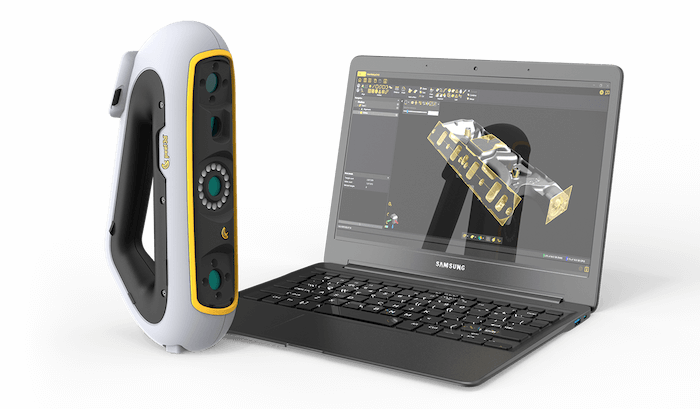Game developers: Start your 3D game engines
A huge game announcement! Unreal Engine 5 is out and ready at last. If you are a gamer like me, you are certainly excited by the possibilities such a powerful, high-resolution engine brings to the table. Bigger, more realistic open worlds and environments will make you question if this is a video game or something that was actually filmed. It’s a very promising advancement for the video game industry.
But hold on, game developers! It doesn’t stop there! Unreal Engine 5 promises a lot more than immersive video game environments. With its enhanced capabilities, this new version of Unreal Engine will level up opportunities for architecture, automotive, simulation, and broadcasting applications, to name a few.
Learning to work with more and more polygons
With console-limited computing capabilities, game developers had to really minimize the number of polygons used in a model. Moreover, designers had to create various versions of models, with more or fewer polygons, that were dynamically swapped by the graphic engine depending on how far they were from the observation point of view. Visual quality was reached with high-quality texture maps applied to the low-resolution polygon models to create stunning visuals.
This proved to be quite problematic when trying to work with 3D scan data in video game engines, as 3D scan data tends to express geometry with many triangles. Main objects or characters in games typically comprise 50-60k polygons; seeing a scan composed of millions of triangles is not unusual. In all, it basically meant that any 3D scan assets in game development had to be completely redesigned to be usable in a video game engine.
Traditional game development 3D modeling might be a thing of the past thanks to Nanite and its dynamic capabilities to handle triangulated meshes and optimize them for visual purposes. Nanite is Unreal Engine 5's new virtualized geometry system. It uses a new internal mesh format and rendering technology to render pixel-scale detail and high object counts. Rather than trying to render everything, Nanite automatically divides the mesh into clusters, rendering only the part of the mesh actually seen on the part of the screen. The size of the clusters is actually based on camera distance making mesh variations obsolete.
Interested in 3D scanning?
Contact our peel 3d expertsWhat does this mean for 3D scanning?
First, it means a significantly increased compatibility between 3D scan data and video game engines for any high-resolution 3D rendering application. The big question is: Can you use a 3D scan directly in Unreal Engine 5? The answer is yes! You will likely need to tweak scans to your environment and blend them to align with what you are working with. But they WILL work!
For instance, imagine being able to visit the Terracotta Army without having to go to China. Not only could you use Unreal Engine 5 to view highly detailed scans of the actual statues but you could also experience them in an immersive simulated environment that closely resembles the authentic site. This provides a cost-effective alternative and allows you to get up close to the statues, examining and appreciating their intricate details in ways that would be challenging on the actual site. Moreover, you could instantly transport yourself to Egypt (virtually) and study the mesmerizing ruins of ancient Egyptian temples. With such advancements in high-resolution 3D modeling, the possibilities for creating captivating virtual worlds are truly endless.

The Terracotta Army, located in the city of Xi'an, China is part of a remarkable archaeological site with the mausoleum of the first emperor of China.
And yes, this also means bringing your own chainsaw into your favourite video game to fight hordes of zombies. However, it also means being able to scan museum artifacts to display them in a virtual reality exhibit or digitalize a specific helicopter cockpit for virtual pilot training. When it comes to virtual worlds, the possibilities are endless. When such major developments in high-resolution 3D modeling come along, you can’t help but get excited at the level of detail and advanced 3D!
Wonder how can peel 3d transform your work, solve problems, and save you time?
Contact our peel 3d expertsauthor
ABOVE MENTIONED PRODUCTS




